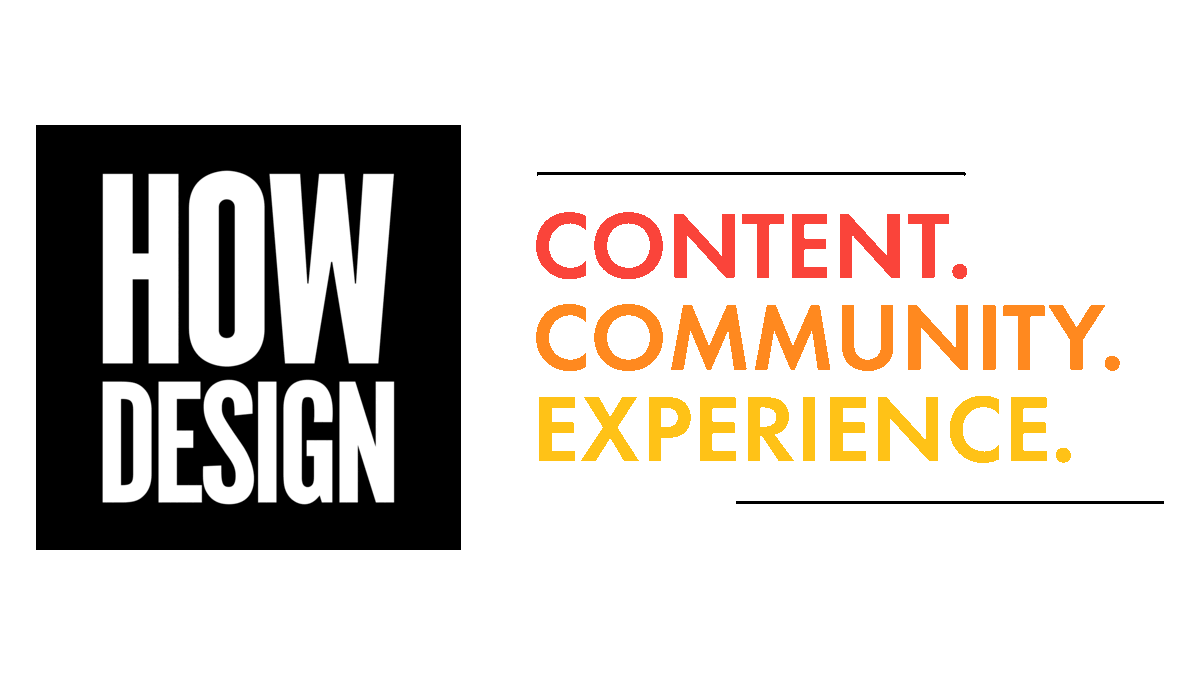Even though many of us are spending a lot of time in our homes while we practice social distancing, accessible design in public spaces is an important topic Accessibility in physical spaces has been the law in the US since the Americans with Disabilities Act was passed in 1990 (which doesn’t actually feel like that long ago). 1990 was also the year the first web server was created, leading to the internet we know today. The legal requirements of accessibility evolved once again in October 2019 when the Supreme Court upheld a ruling requiring Domino’s pizza to make their ordering app accessible to the blind. While many businesses have embedded accesible practices into their workflow, others have dismissed “edge cases” as outside their user parameters. A fear of being sued and savvy social media advocacy is leading to a surge of interest in inclusive, accessible designs for web and mobile.
Designers unfamiliar with these expanded user requirements might feel intimidated or overwhelmed by the paradigm shift. They worry about using the wrong language and offending someone, falling short of designing the perfectly accessible product, or not having the time/resources to make the needed changes. It’s easier to stay inside one’s comfort zone. However, innovation happens outside the stale comfort zone. Let’s embrace accessibility as a tool to delight more users.
A recent AIGA Boston event at Mathworks presented several key ideas on the topic of accessibility and design. Kevin Hart, Creative Director, started with empathy. Screen interactions are now a constant part of modern life, and it is an ethical responsibility to make screen interactions as accessible as possible.
 If designers speak for the users during the product cycle, it should be for all users, including the percentage experiencing disability. In addition, all users will experience a disability at some point in their lives, either temporarily (breaking a leg) or permanently (losing sight as one ages). It makes good business sense to be inclusive rather than exclusive.
If designers speak for the users during the product cycle, it should be for all users, including the percentage experiencing disability. In addition, all users will experience a disability at some point in their lives, either temporarily (breaking a leg) or permanently (losing sight as one ages). It makes good business sense to be inclusive rather than exclusive.
Solving for one disabled individual can extend that solution to a wide audience. Some common examples of the reach of inclusive design are the curb cut and the OXO peeler, not to mention following an accented movie.
By Nick-philly – Own work, CC BY-SA 4.0, https://commons.wikimedia.org/w/index.php?curid=84618901
by OXO
https://www.oxo.com/blog/wp-content/uploads/2017/01/OXOpeelers_handles-1-574×765.jpg
So, Star Trek Into Darkness has some literal accent subtitles.
Vinod Tiwari, Software Process Engineer, introduced the audience to an international standard called Web Content Accessibility Guidelines<http://www.w3.org/TR/WCAG20/>. Using standards as design constraints at the beginning avoids the high cost of retrofitting inclusion later. Standards allow all members of a team to be on the same page regarding requirements and testing.
Brittany Cormier, Product Visual Designer, discussed how a focus on accessibility led to a cleaner, simpler color palette for products. Development speed thus increased and look and feel was more consistent over the family of products. The balance of usability and aesthetics is part of the current case for integrated design. Accessibility gives digital products more of that magic.
If you are interested in learning more, Kat Holmes, previously head of inclusive product innovation at Microsoft, has written a great book called “Mismatch.” You can also check out Amy Johnson, Jahan Mantin, and Boyuan Gao at HOW Design Live.
Jess Charlap (https://www.linkedin.com/in/jesscharlap/)
